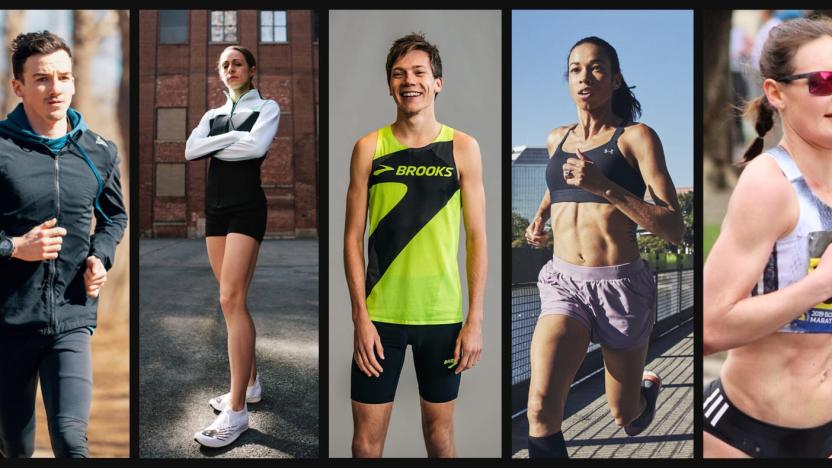oh she glows
Latest

The tech elite athletes use
When a field of 127 runners lined up in Central Park on September 13, 1970, to run the first New York City Marathon, the only gadgets, per se, that could help them were a smattering of watches. A grainy finisher photo shows winner Gary Muhrcke breaking the tape with a watch band on his left wrist. Both of his hands are throwing peace signs. The only equipment required then was a pair of shoes, short shorts and enough grit to run 26.2 miles without collapsing. Today, running without a GPS watch is as much a protest against screen time and the intrusion of tech as it is a tactical racing decision. Some of us, meanwhile, can't imagine running without headphones. Then there's all the self-care. Vibrating muscle relaxers help athletes recover. Sport-centric social networks, like Strava, help us bask in our best workouts. Meditation apps help us calm down before bed while calorie counting apps track our macros. Even the most basic of fitness devices capture heart-rate data; on running watches, it will soon be standard. Speaking of sports watches, we have an entire buying guide for that, which we recently published as part of this outdoor gear series. But we were also curious about what it means to be better, faster, stronger when money is no object. We asked five elite runners, all of whom are flush with sponsorship deals and prize money, on what they use to train and how they protect their most important piece of equipment: their bodies. A couple of items on this list were universally recommended, namely the Hyperice Volt ($349) massage-ball gun (as I'm describing it) and NormaTec's compression boots ($1,295), both muscle-recovery tools. And, of course, plenty were eager to tout the wares of their sponsor partners. Here's what they're using.
